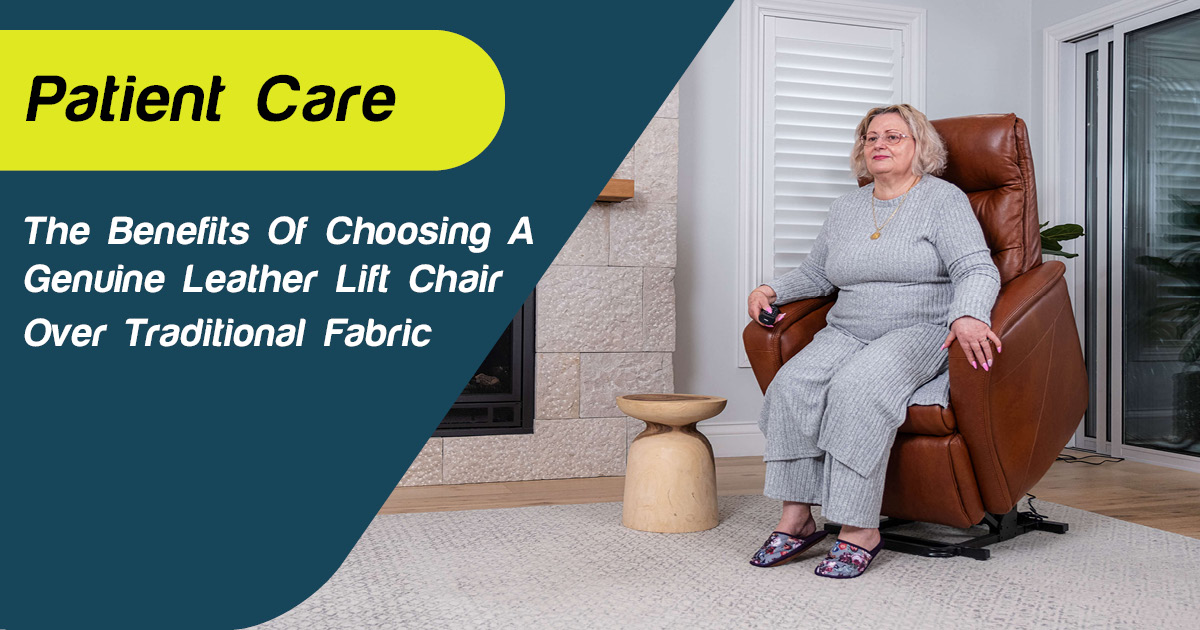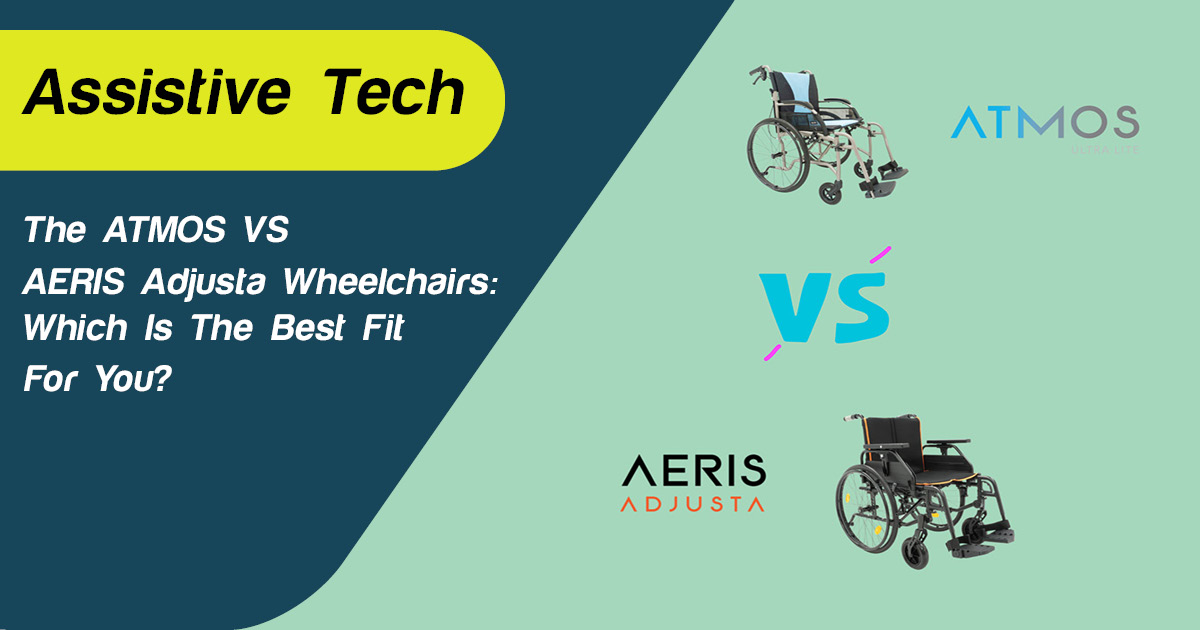
Share
While falls can happen to anyone the older you grow the more common falls can become and as a result the more chance you can injure yourself. Most falls that occur happen in and around the home along in aged care facilities. However the good news is that there are a number of things that you can do to reduce your chances of falling and minimising injures should a fall occur.
Reducing Personal Risk Factors
Throughout our lives our body changes constantly and with aging comes with the normal aging process. In fact often we don’t notice these changes as they happen slowly over a number of years. For example you may find that you can’t see quite as clearly or are less able to judge distances and depth; you may have weaker muscles and stiffer joints which changes the way you walk and move around.
It’s important to talk to your doctor about any falls you may have had as falls can be a sign of new medical problems, muscle weakness, balance problems, side effects from medication or a combination of all these. Also tell your doctor as much as you can remember about the falls so that they’re able to make an informed decision on what you can do to prevent your next fall.
Unfortunately some health problems will increase your chances of falling and even short-term illnesses such as the flue and other infections or surgery can temporarily increase your risk of falling.
For example if you live with stroke, Parkinson ’s disease or arthritis these illnesses can affect your ability to move and make quick reactions more difficult. Similarly if you have diabetes with unstable blood sugar levels you may feel faint and it can also cause eyesight issues and reduce the feelings in both feet and leg making it more difficult to move around safely.
Additionally if you’re not eating well and not drinking enough this can mean you don’t have the strength to move safely or manage daily activities easily. If you have osteoporosis it is also more likely that you will break or fracture a bone if you fall.
So what can you do to reduce your chances of falling? Having regular check-ups with your doctor will ensure that your medical conditions are well managed. Discuss with your doctor if you have any concerns.
After lying or sitting down for a long period of time it’s best to stand up slowly so you don’t feel dizzy and fall down. Also take care when bending down and ensure you’re steady before walking especially when you are ill.
Keep Yourself Mobile
Inactive or unfit people tend to have poorer balance and weaker muscles and can be unsteady while walking. These can all increase your risk of falling and while it’s common for people who feel unsteady to do less walking, over time this actually makes you more likely to fall due to muscle weakness, join stiffness and worsening balance.
We are designed to move and as such exercising keeps us healthy and reduces the risk of falls as well as:
- Improving balance
- Improving muscle strength and flexibility
- Strengthening your bones
- Helping with sleeping problems
- Help control blood pressure, blood sugar levels and weight
Eyesight
Your eyes not only allow you to see obstacles and judge steps, but also help in maintain your balance. However from the age of 40 your eyesight gradually worsens and this can increase your risk of falling. By the age of 65 we all need 3x more light then we did in our 20s; in addition our eyes:
- Take longer to adjust to sudden changes in light and dark
- Are more sensitive to glares
- Are less able to judge distance and depth, such as on steps
Therefore it’s important to have your eyesight and glasses checked by an optometrist at least once every 2 years and yearly by your doctor.
If you notice any changes make an appointment as early detection of eye problems can stop them from getting worse. Keep your glasses clean and always wear the correct glasses for reading, walking etc.
Take extra care on steps if you wear bifocals or multi-focals as they can make it difficult to judge where to put your feet. Also avoid sudden changes in light and if need be, stop and give your eyes time to adjust before moving again.
Feet and Footwear
As we age our feet can change shape and lose some feeling and flexibility. This affects the way we walk and our balance; painful or swollen feet can make it difficult to walk while some shoes or slippers can make your more likely to slip, trip or stumble which leads to a fall.
See a podiatrist or doctor if you have painful or swollen feet, tingling or pins and needles in your feet or if you have any changes in the shape of your feet such as bunions. Ask your podiatrist or physiotherapist for ways to improve circulation, decrease swelling and reduce pain in the legs and feet.
Choose comfortable, firm-fitting, flat shoes with a low broad heel and soles that grip; don’t wear poorly fitted slippers or walk in socks. If you have difficulty finding suitable shoes because of problems you can ask your podiatrist for specialist shoe stores.
Hopefully some of these tips have been useful. Active Mobility stocks a wide range of walking aids such as walkers, walking sticks and crutches as well as falls management aids such as non-slip socks and slippers and alarms. If you’re unsure what you require then give us a call on 02 9649 2111 and one of our sales consultants can discuss which of our products can help you.









